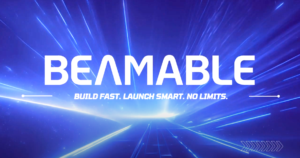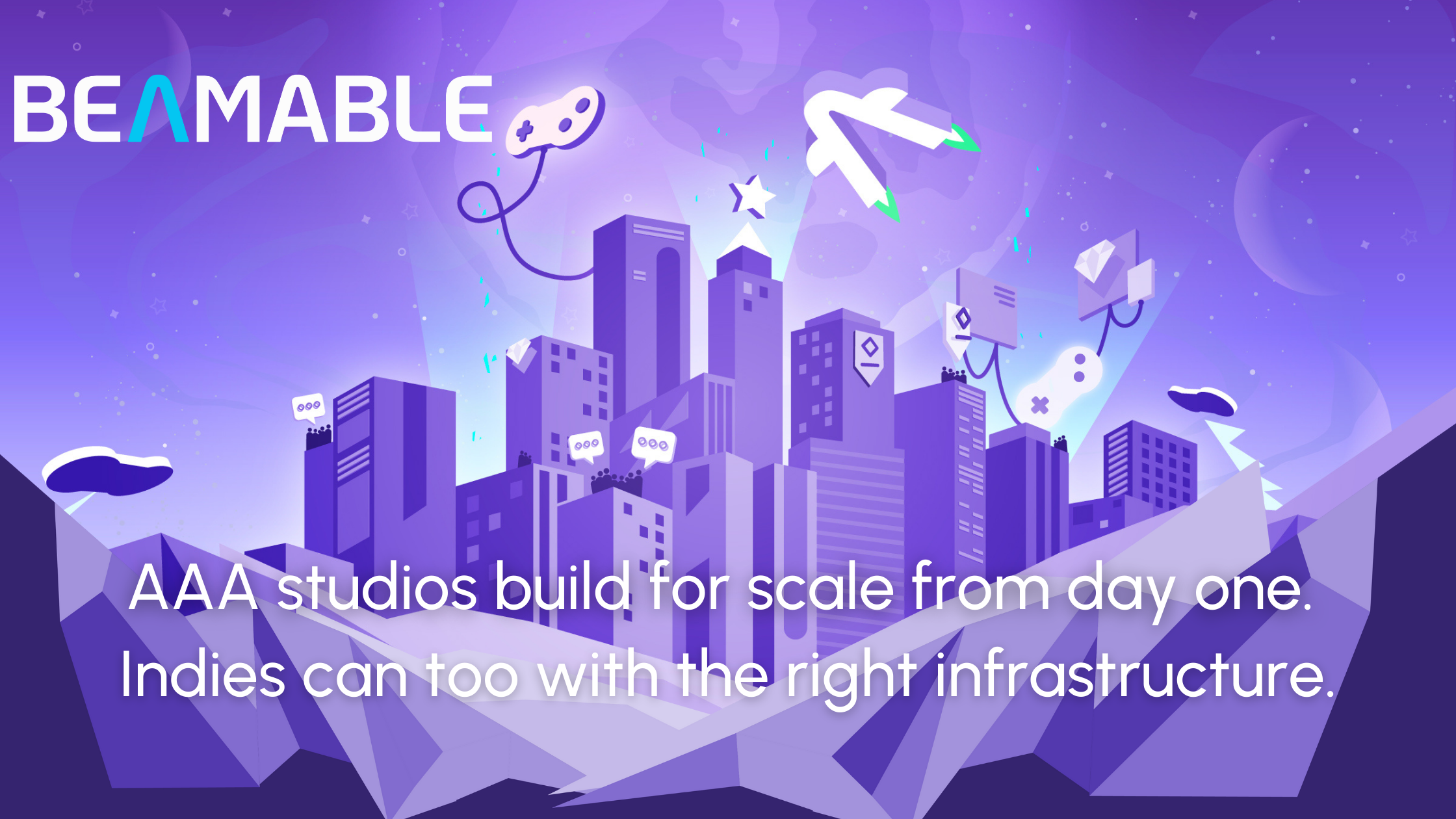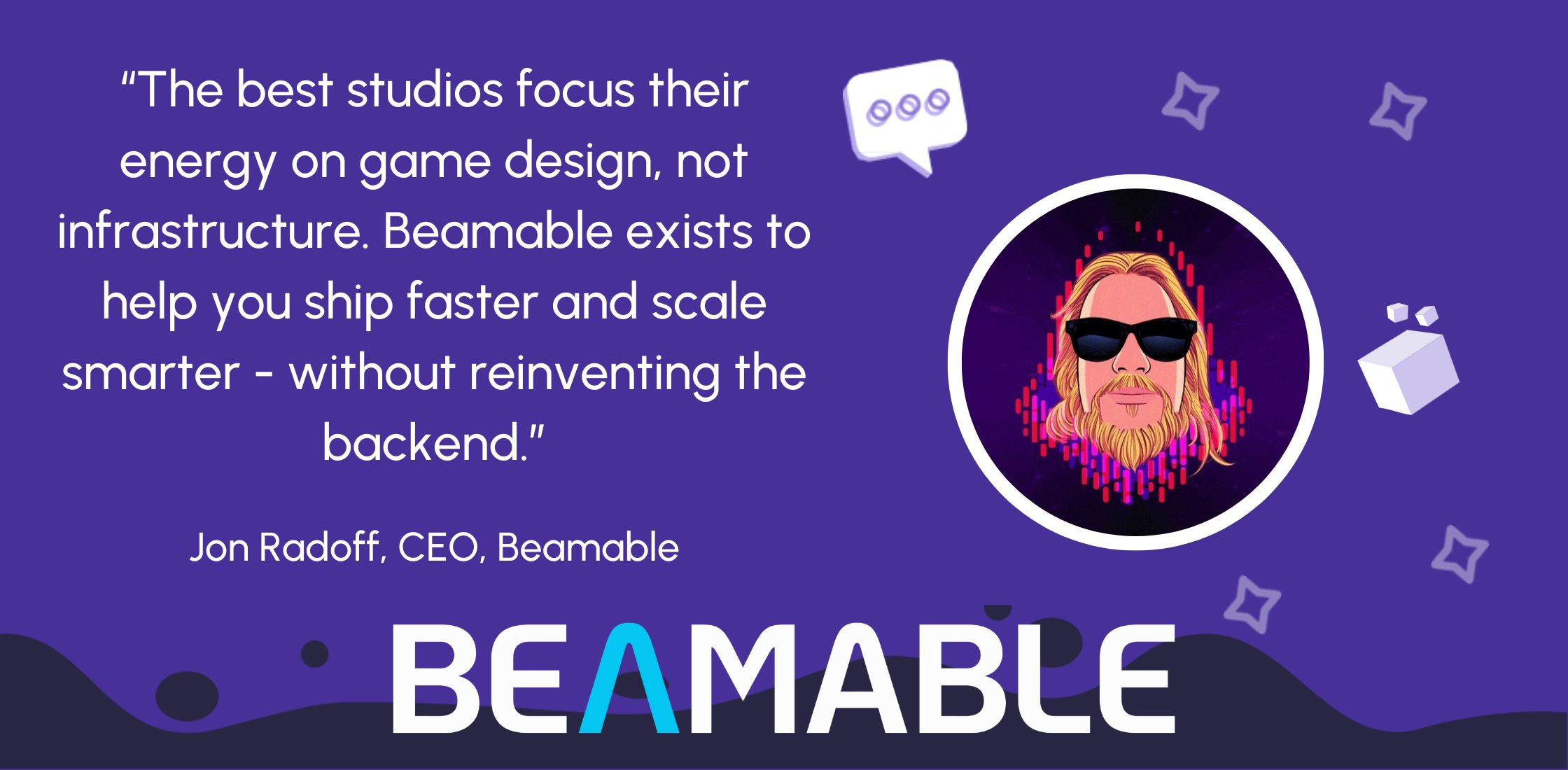The Power of Game Jams: Becoming a Better Indie Game Dev

The Power of Game Jams: Becoming a Better Indie Game Dev
Game jams are great places to find inspiration, and motivation to take an amazing game idea, and rapidly get it into the hands of players. Over the years, game jams have given rise to many interesting game ideas that have become huge successes — games like Surgeon Simulator, Super Hot, and Goat Simulator.
For many, game jams are a competitive environment that pushes game makers to refine their craft, learn quickly by doing, and take their skills to the next level. If that sounds fun to you, then here are some tips!
1. Find a game jam near you
Itch.io and Indie Game Jams are solid places to find upcoming jams.
Another fantastic online resource is the Ludum Dare! It’s massive and pretty competitive. Check out their website: https://ldjam.com/.
Global Game Jam is the biggest in-person jam each year. If you happen to live in a bustling city, chances are, there will be a GGJ hosted somewhere near you. You can search your area by visiting GGJ’s website: https://globalgamejam.org/.
2. Building a game jam team
After you find a jam and decide to participate, you’ll want to think about a team. If you’re alone, you can start by going to the jam’s Discord/Forum and search for a “Looking for a team” tab, or places like that where you can let others know you are looking to join up.
As you connect with various game makers, be prepared to share examples of your work, and to look up the portfolios of your team members as well to ensure that the types of games and style of games are a fit with your aspirations.
We published a whole article about building a game dev team. For a game jam, you will want 1 – 2 game programmers, 1 – 2 artists, and 1 audio person. At least one of those people will be the game director and lead designer who holds the vision of the game in their head and directs all the work to a single result. There aren’t any hard and fast rules, but it seems like the maximum number of members should be 8, and the minimum should be 3. Anything bigger, the harder it is for everyone to stay connected to each other’s work. Any smaller, and you can’t get the work done.
3. How to start a game jam
The first hour of the jam is crucial. Connect with your teammates and discuss the game’s overall plan. If you don’t have one, conduct rapid brainstorming and zero in quickly. You need to jump into production ASAP. Ideally, the idea has been decided upon in advance of the jam. Well-done initial planning will guarantee that important gameplay mechanics won’t need to change halfway through.
Here are several key things you can discuss during the first few hours of the jam:
- What does the team want out of this jam?
- What is the theme of your game and what gameplay mechanic can you derive from it?
- What is everyone’s availability like? How much time can they spend? What deadlines are there? Make this clear from the start – it’s important!
- Constantly ask if the game idea Is doable in the required timeframe.
- Decide on the deadlines for when the game will be code-complete. Leave as much room as possible for playtesting.
4. Communicating during the game jam
The more you communicate as a team, the better. Since game jams are virtual these days, it’s difficult to just walk over to someone’s desk or look over your shoulder and discuss updates and changes. Use tons of real-time chat and video calling so everyone is present and engaged.
Whatever your role is on the team, everyone should be aware of what everyone else is doing and pitch in wherever possible. It’s a team effort. Provide feedback regularly and honestly. Encourage rapid discussion of perspectives. Look to the game director for fast decisions to keep everything moving.
5. Halfway through the game jam
If yours is a two-day jam, you’d want to have a playable prototype ready by the end of day one. Save the last day for adding assets, polishing features, adding in sound effects, and tons of testing and tweaking.
If you are running short on time and don’t have working gameplay, ask your team to scale down the game’s size. Pulling an all-nighter during game jams is often the norm, but never an advisable idea as, by the end, everyone burns out, and mistakes get made.
6. Finishing a game jam strong!
You should have a playable build ready at least 6-8 hours before the submission deadline leaving ample time for final playtesting and bug fixes.
Try submitting your game one hour before the deadline. The website where you’re submitting will likely lag once many people start submitting, so be early!
7. Remember to celebrate!
After submitting your game, regardless of what happens in the judging, you deserve a huge celebration with your team. Not many people have what it takes to make a game. Even fewer have what it takes to build a game in days and ship something that players can play!
The end of the jam is not the time to second guess decisions or point blame. After all, the game jam is supposed to be fun and serve as a way to motivate everyone on the team to continue making and shipping games. Don’t use it as a time to overly critique or blame. Celebrate the end, and in the next jam, you can apply what you learned.
Are you ready to game jam?
Participating in a game jam can be super stressful, but hugely rewarding, and it provides the opportunity to launch your game making career. We hope these tips will help you survive your first jam, or maybe help you with your next one!
It’s also important to know that Beamable can help you make games faster. If you are building a game at a game jam with free to play mechanics, or you want a rapid way to add social features like teams, or commerce to your game project, contact us to learn how we can help accelerate your game jam team!




